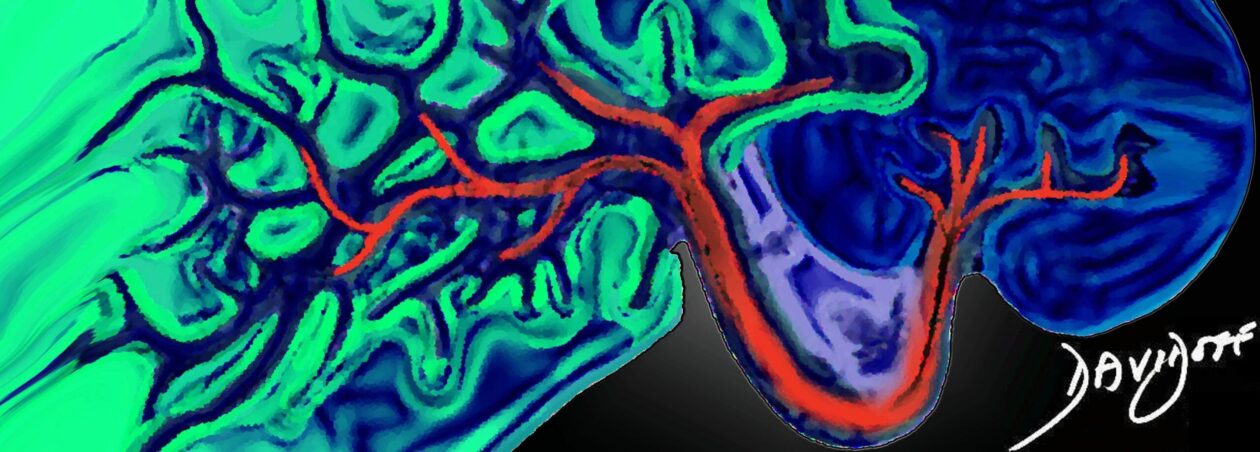
A program at Boston Medical Center department of Radiology aimed at integrating student outside activities with their medical education
Ashley Davidoff MDTheCommonVein.net
Abstract submitted to AUR 2023 for Shark Tank Presentation
Michael Groot , Alex Seren, Ethan Gelting, Ashley Davidoff MD
Students enter medical school having nurtured a wide variety of interests and hobbies, all of which are mostly forgotten in their conventional medical education.
However, continued participation in extracurricular activities is critical for overall wellbeing, reducing burnout and improving wellness. Three years ago, at the height of COVID pandemic, medical students at the Chobanian & Avedisian School of Medicine formed the Rookies of Academic Radiology (RoAR) Club, a group focused on combining radiologic education with hobbies. Students met monthly by video, sharing their talents and interests in combination with related radiology case studies. Our aim is to encourage students to participate in their individual endeavors, while also providing a mechanism to integrate their interests with their medical education.
Objectives: To promote and advance an innovative educational method integrating Radiology and medicine with the outside activities and personal interests of medical students. Through both an interactive, student-led meeting format and curricular modifications, we plan to enhance
this engaging and enriching program.
Plan: We are rebranding the RoAR club to be called Recreation and Arts in Medicine (RAM), to
attract a broader audience. With this new and more inclusive orientation, we will work to recruit
more medical students through our annual student activities fair and create relationships with
existing extracurricular societies at our school.
As part of our group’s mission, we hope to amplify the importance and prudent use of imaging in medical care and foster interest in Radiology. We have incorporated this idea into our fourth year Radiology curriculum. Starting in the Fall 2022, students now have an option to focus one of the required case presentations in their Radiology elective on one of their hobbies with medical/radiological integration. Approximately three students per rotation have selected this option to date, and we have received positive feedback. The presentations are posted in our BMC Radiology Library as a resource. Examples include “Long Distance Running and Stress Fractures,” “Horses Don’t Vomit,” and “History, Harriet Tubman and Traumatic Brain Injury.”
We plan to continue our monthly extracurricular remote video meeting structure, where students present an outside activity in relation to medicine and medical imaging on a rotating basis. In addition, we plan to create an annual Saturday meeting where students will meet and share their presentations and interests. After expanding the program at our own institution, we hope to publish and present our program at national meetings and expand the annual conference to bring this essential innovation to other medical schools. Funding is needed to secure meeting space for the annual meeting, reimburse invited speakers and provide refreshments at the meeting.
Evaluation: We will monitor attendance at monthly RAM meetings as well as the number of students who elect to do extracurricular presentations in the fourth year Radiology rotations. We plan to develop and employ online surveys to collect student opinions about satisfaction and value of both the RAM club and the fourth-year curriculum’s integrated Radiology project.
Subjects explored by medical students have been varied including
Poetry and the Words of the Heart
If the Heart Spoke

Weight Lifting and SLAP tear

Stress Fracture and Running

Horse Riding
Why Horses Don’t Vomit

History
Harriet Tubman and Traumatic Brain Injury

Ceramics and Silicosis

Wikipedia

DrSHaber Wikipedia
Art
History of Art in Anatomy

Music and the Brain

Literature
Dickens and Asthma

Dickens and Asthma
Lumbar Spine Injuries and Golfing


